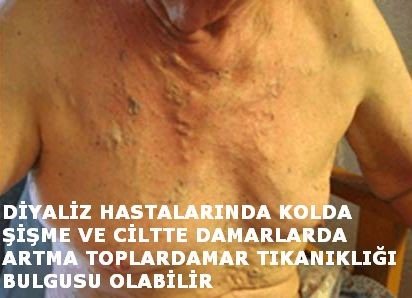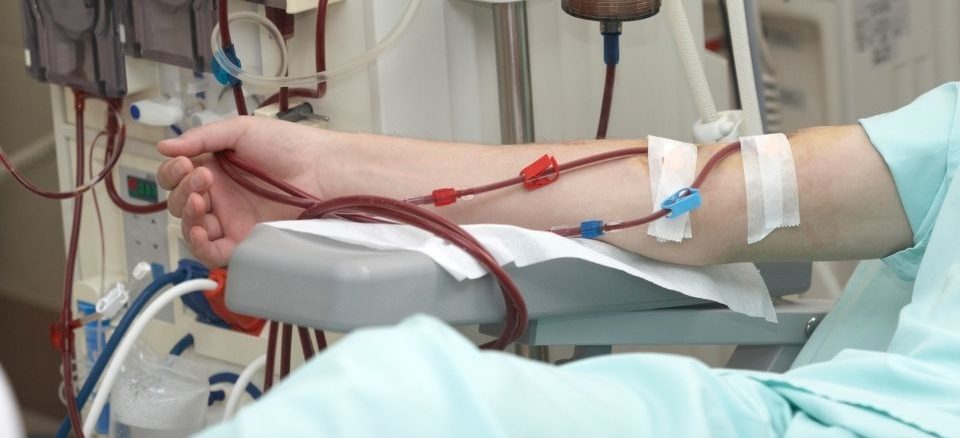


Interventional radiology in vascular access problems of dialysis patients:
Dialysis fistulas are connections between arteries and veins that are surgically made to allow dialysis in the arm in patients with chronic renal failure. In this way, patients can be connected to dialysis machines, but vascular problems can develop over the years. Early diagnosis and treatment of these allows these very valuable fistulas to be used for many years.
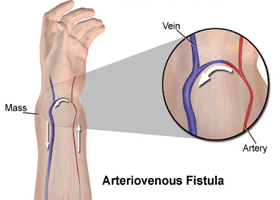
Dialysis fistula vessels van narrow, coagulate and become occluded from time to time, causing arm swelling, numbness or scarring in the fingers. Most importantly, the fistula does not work adequately and the patient cannot enter dialysis. In order to enter dialysis, the vascular access catheter should be inserted, which creates new vascular occlusions in the long term. What kind of treatment does dialysis patients do in interventional radiology?
All occlusions or blockages in fistulas in dialysis patients can be treated with angiography. If the fistula is clogged with a clot, the clot is removed by angiography and clot removal methods. Likewise, if an artificial vessel (graft) is inserted and occluded to enter dialysis, this occlusion is also opened by angiography.
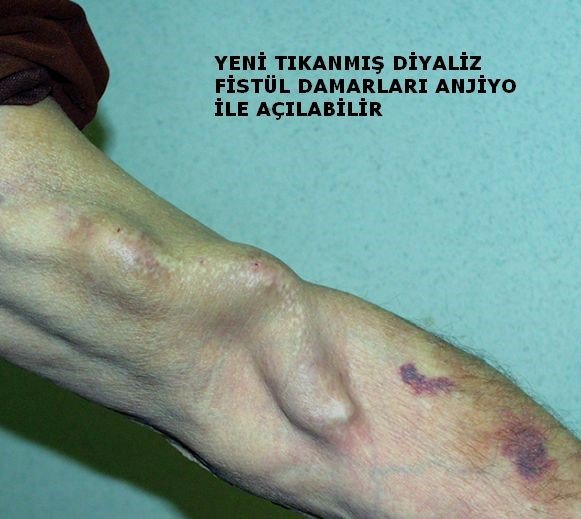
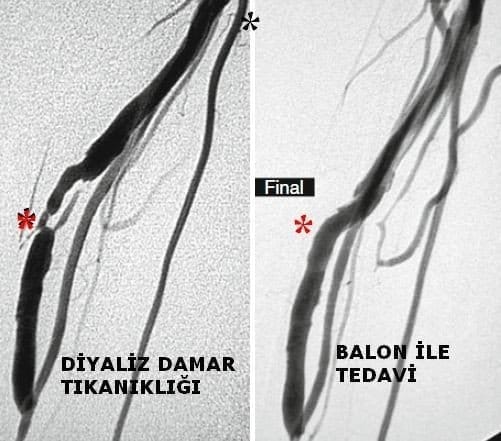
Severe arm swelling can occur after opening the fistula in patients who have previously had a catheter inserted in the neck region. This shoulder area is due to occlusion of the vein. The vascular occlusion is removed by opening and arm swelling is corrected.
